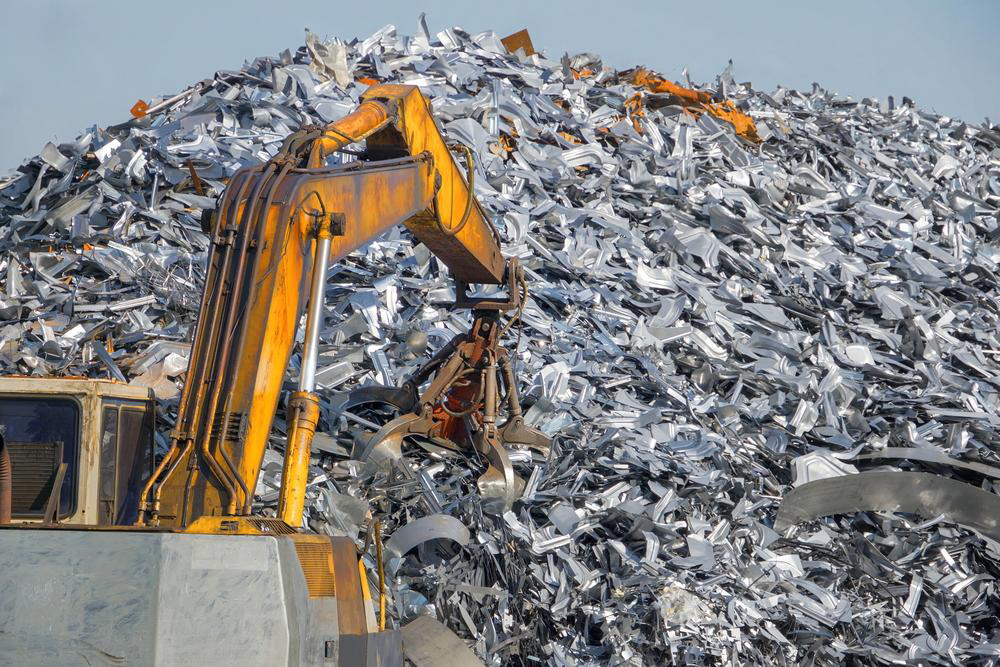Transformative Approaches to Waste Disposal in the United States: Innovations and Future Prospects
This article explores the innovative waste disposal practices across the United States, highlighting technological advancements, regulatory frameworks, and community initiatives aimed at building a sustainable future. It emphasizes efforts led by EPA and local agencies to improve waste management, increase recycling, and adopt cutting-edge technologies. The piece also discusses challenges and future directions, illustrating how comprehensive strategies can transform waste handling into resource recovery processes, ensuring environmental protection and public health.

Transformative Approaches to Waste Disposal in the United States: Innovations and Future Prospects
The United States has long been committed to developing robust policies, regulations, and institutional frameworks to manage solid waste effectively. As the population grows and urbanization accelerates, the importance of innovative waste disposal practices has become increasingly evident. This comprehensive effort involves coordination among federal, state, and local agencies, aiming to optimize waste collection processes, enhance recycling efforts, and promote sustainable disposal methods. The overarching objective is to minimize environmental impact while ensuring public health and resource conservation across residential, industrial, and commercial sectors.
At the core of these initiatives are strategies developed by waste producers, stakeholders, and policymakers that prioritize resource recovery, waste minimization, and recycling. These practices are designed not only to reduce the volume of waste sent to landfills but also to transform waste into valuable resources, fostering a circular economy that benefits communities and the environment alike.
The Environmental Protection Agency (EPA) plays a pivotal role in shaping national waste management policies, overseeing compliance through legislation such as the Resource Conservation and Recovery Act (RCRA) of 1976. This law establishes guidelines for the proper handling, treatment, and disposal of solid and hazardous waste, emphasizing the importance of protecting human health and the environment. Alongside federal efforts, numerous state and local agencies collaborate to implement these regulations, ensuring consistency and adaptability across regions.
An active area of focus within US waste management is public engagement. Educational programs and community outreach initiatives aim to raise awareness about sustainable waste practices, encouraging responsible consumption, waste reduction, and recycling at the household level. Such grassroots efforts are crucial in fostering a culture of environmental stewardship and ensuring that citizens understand their role in waste disposal.
Efficient waste management encompasses a range of waste types, classified broadly into hazardous and non-hazardous categories. Non-hazardous waste includes everyday items such as household trash, yard waste, and agricultural residues, which are typically processed through composting, landfilling, or incineration. Hazardous waste, on the other hand, involves materials like medical waste, chemicals, nuclear byproducts, batteries, paints, and oils that require specialized handling and disposal methods to prevent contamination and health risks.
Technological advancements have significantly influenced waste disposal practices in the US. Modern sorting facilities utilize cutting-edge machinery to separate recyclable materials efficiently. Innovations such as advanced landfill liners, gas recovery systems, and waste-to-energy (WTE) plants help reduce land use and generate electricity from waste. Additionally, emerging technologies, including robotic sorting and AI-powered waste sorting systems, promise further efficiencies in waste separation and processing.
Beyond technological improvements, community-based initiatives and recognition programs incentivize exemplary waste collection and recycling centers. These centers often serve as models for best practices, demonstrating how efficient management, public participation, and technological integration can improve overall waste disposal systems. Educational campaigns targeting schools, businesses, and residents foster a culture of sustainability, encouraging everyone to participate actively in waste reduction efforts.
Looking ahead, the US continues to invest in innovative waste management solutions aimed at building a circular economy. These include bioremediation techniques, enhanced recycling technologies, and policies promoting Extended Producer Responsibility (EPR), which make manufacturers accountable for the environmental impact of their products from production to disposal. Moreover, collaborations among government agencies, private companies, and nonprofit organizations are paving the way for smarter waste management systems that minimize landfill reliance and maximize resource reuse.
Ultimately, responsible waste disposal practices today lay the foundation for a cleaner, healthier, and more sustainable future. Through technological innovation, community engagement, and effective policymaking, the United States strives to address the complex challenges of waste management and transition toward a circular, resource-efficient economy.





